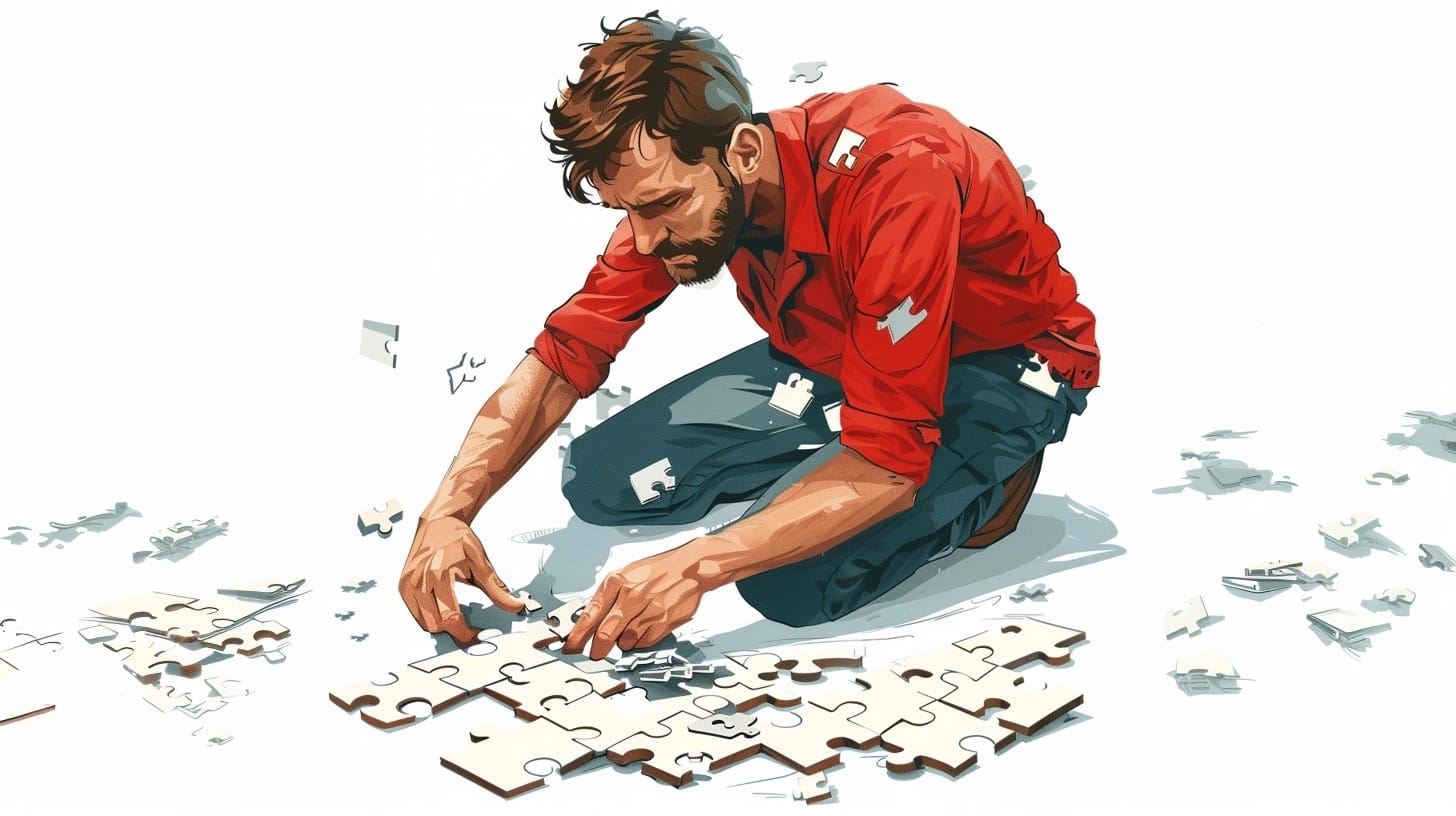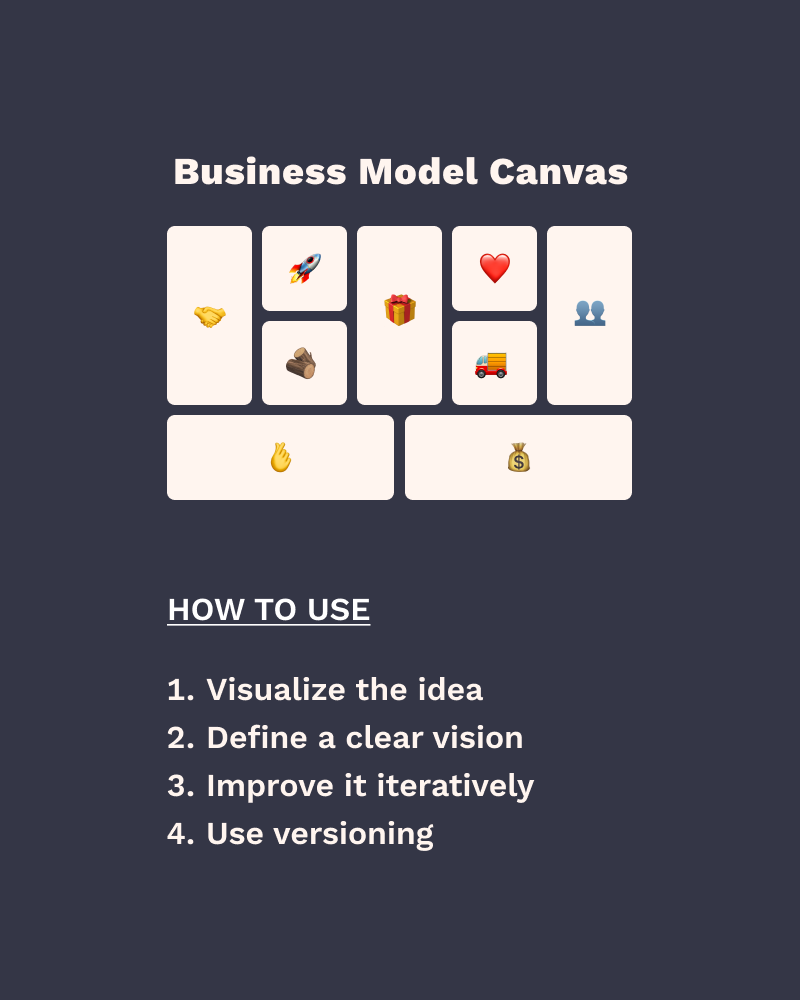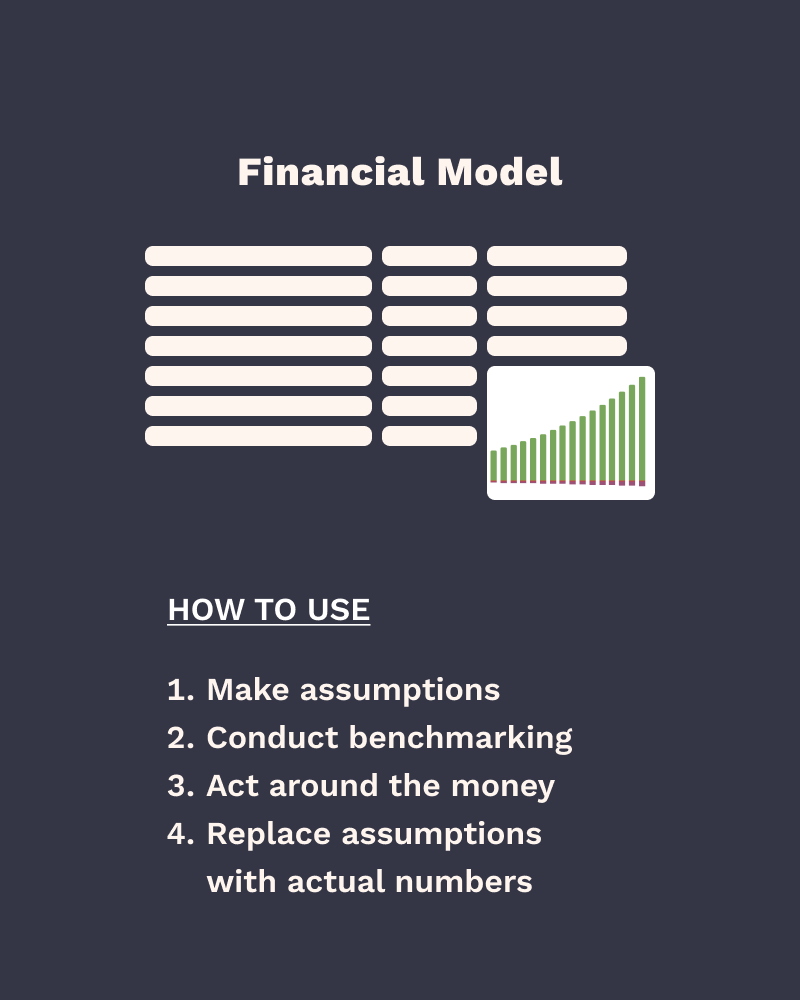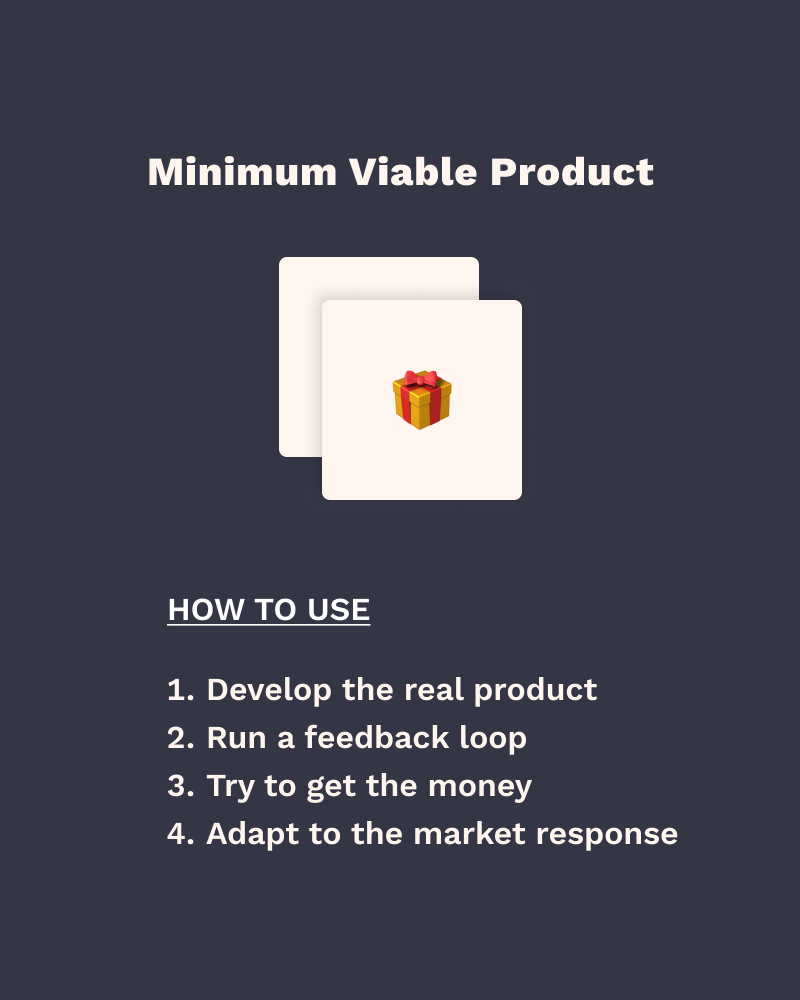Startup: The Game Of Vagueness

Every project involves a degree of uncertainty. Every startup project multiplies these things x10 because your responsibilities as a founder or co-founder are much greater. In the beginning, you have no idea about real costs, you are not sure about marketing strategy, and you have doubts about customers and product value as well as about development quality and deadlines.
In addition, you are constantly feeling pressure and asking yourself: "Am I doing the right thing? What if I took the wrong path?”. When someone asks you about customer acquisition costs or when you achieve breakeven, your first thought might be — “How the hell do I know that?”.
All of this is about the most annoying factor — vagueness.
The Mindset
You can and should systematically fight vagueness to keep your project from descending into chaos. First of all, do not panic, do not hurt yourself. Vagueness it’s normal in this game, a part of its nature. Even the people who are deep in the target market and domain field face unknown things and have to handle them.
Remember that uncertain things are not intangible. It’s better to think of them as hidden pieces of the puzzle. Determine which parts of the project you're confident about and which you’re not. With some practice and visualization, you will draw a kind of map, and that map will show you the direction to clarity. This mindset helps to highlight questions that you will answer as you go, uncovering insights with decent project traction.
From Vagueness To Clearness
The map is a conceptual idea. However, some tools make this idea practically applicable. I'll describe three of my favorite tools, which I consider my Swiss Army knife. They are extremely useful for discovering, prioritizing, and addressing key questions from the product concept to the product-market fit stages.
Business Model Canvas

It is a template to build business models using 9 building blocks that represent core parts of the future business and develop how they interact. It was first proposed by Alexander Osterwalder and you can dive into a detailed approach later with his book “Business Model Generation“.
For the startup project, you can use collaborative online tools like Miro or FigJam, a whiteboard, or just pen and paper. It's best to treat it as a living document that can evolve. I suggest using this approach immediately after your idea is born, on the first brainstorming day.
How do you start and shape your thoughts?
- Begin by ideating and visualizing the big picture by transferring all your thoughts onto the canvas structure. Do the research and adjust the building blocks based on the information you have. This process will quickly highlight any gaps and indicate where you need to dig in.
- Find a clear vision of the product in the business shell. The canvas helps to place your product idea into a market context with all related and dependent parts needed to operate. You will see what to care about. It’s much more than creation - sales channels, customer profiles, partners, sources of revenue, and so on.
- While you research and discuss particular parts of the business model, improve it iteratively. Like mastering the sculpture, sharpen it, piece by piece.
- Create several versions of the model to compare and find the optimal one according to your opportunities and resources. You can choose some for Plan B. Be prepared for exceptions.
Finally, you’ll get a clear picture of the business project with alternative ways and possible pivot scenarios. In addition, this item is incredibly easy to present to people you wish to attract as co-founders or team members!
Financial Model

Money talks, bullshit walks, right? Indeed it does. But in the beginning, you don't have complete financial data to answer any questions about metrics. Perhaps you don’t have revenue yet and it’s hard to say what your acquisition costs, the average bill, or what LTV is.
The future can’t be foreseen. However, by modeling project finances you can make relevant projections and create a benchmark to understand your performance.
Remember, the financial model is not to impress investors, it’s for you to understand your business model. Starting with making assumptions you soon find an answer to the question - “Am I ready to commit to this project for such a prize?”. If so, go ahead and plan project activities around the money-related hypothesis. It’s possible to find some information by googling, easiest for costs - development rates, infrastructure prices, etc. Another data gathering is only via customer discovery or prototyping.
The key idea here is assumptions must not be fantasies, but testable hypotheses. Consequently, the financial model is a living document as a Business Model Canvas. Track progress and use it to demonstrate real execution, not bullshit stonks charts.
Minimum Viable Product

The most familiar concept for all who build products. It could be a new point of view In the context of fighting vagueness. Here we are not talking about fake landing pages or something like this. P in MVP matters. When you have built something that others can use you are ready to run a feedback loop. It’s all about it.
Using the previously described tools you should be ready to start finding answers for the right questions. Test product hypothesis and delivery outcomes to the customers to confirm your product vision.
The market response conclusively dissolves vagueness.
Want to achieve clarity? Go to MVP launch as fast as you can. Do this as cheaply as you can to be able to perform more iterations in your feedback loop. It’s time to rock.
What exactly does MVP give you:
- Understanding of the real value to the customer.
- Understanding who is your ideal customer.
- Understanding how fast you can invent.
- Understanding how much money you need to scale.
- Understanding of the real market size.
- Understanding of the team's strengths.
Conclusion
Finally, just to recap. With a clear vision built via the Business Model Canvas and the right questions about metrics and money from the Financial Model, you launch MVP confident that you are doing the right things. Sure, you may make mistakes or even fail, but if you play your A-game, there's no shame.